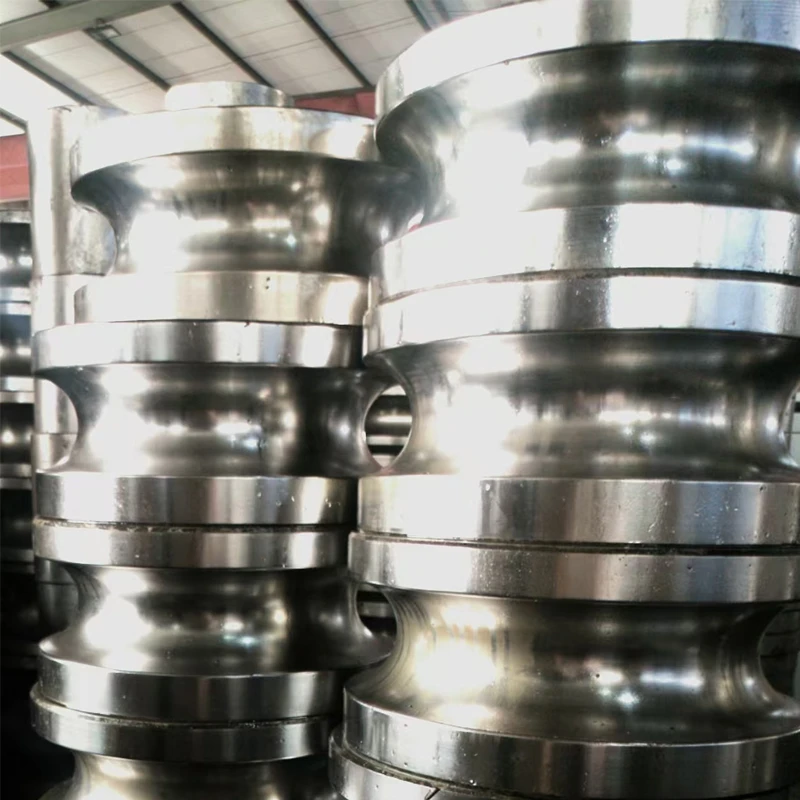pipe orbital welding machine
Pipe Orbital Welding Machines Revolutionizing the Welding Industry
In the field of welding, the need for precision and efficiency has never been greater. As industries such as petrochemicals, pharmaceuticals, and food processing demand higher standards for weld quality and consistency, the emergence of pipe orbital welding machines has brought about a revolutionary shift. These machines represent an advanced solution for welding processes, specifically designed for the joining of pipes in various applications.
What is Pipe Orbital Welding?
Pipe orbital welding is a specialized process that uses a rotating electrode to perform a continuous weld around the circumference of a pipe. This method is particularly useful for welding thin-walled pipes, where traditional welding techniques may fall short in terms of quality and efficiency. The key advantage of orbital welding lies in its ability to produce high-quality, repeatable welds with minimal human intervention, ensuring precise control over the welding parameters.
The Mechanics of Orbital Welding Machines
Orbital welding machines consist of two main components the welding head and the power supply. The welding head contains the electrode that rotates around the pipe while feeding filler material, if necessary. This rotation allows for a consistent and uniform weld bead to be produced. The power supply serves to deliver the necessary amperage and voltage to ensure that the welding process occurs at optimal levels.
One of the standout features of these machines is their ability to be programmed for various welding parameters. Operators can set up the machine to meet specific requirements, including welding speed, temperature, and inert gas coverage. This feature not only guarantees consistency but also allows for quick adjustments to be made between different welds or materials.
Advantages of Pipe Orbital Welding Machines
pipe orbital welding machine

1. Quality and Consistency One of the foremost benefits of using orbital welding machines is the high quality of the finished welds. The controlled environment and precise parameters lead to stronger joints with less likelihood of defects such as porosity or undercutting.
2. Reduced Labor Costs The automation of the welding process significantly reduces the need for skilled labor on-site. This can streamline operations and cut costs, as fewer welders are needed to complete the same amount of work.
3. Increased Efficiency The speed at which orbital welding machines can operate is impressive. They can complete welds in a fraction of the time it would take for manual welding, enabling faster project completion.
4. Versatility These machines can handle a wide range of pipe diameters and material types, making them suitable for various industries. From sanitary applications in food and beverage production to high-pressure systems in petrochemical plants, orbital welding machines can be adapted for numerous uses.
5. Improved Safety By minimizing the amount of manual handling and intervention, the risks associated with welding are reduced. The operator can be positioned at a safe distance from the weld zone, enhancing overall workplace safety.
The Future of Welding Technology
As industries continue to evolve and the demand for high-quality welds increases, the adoption of pipe orbital welding machines is likely to expand. Innovations in technology may further enhance their capabilities, such as integrating advanced monitoring systems that provide real-time feedback on the quality of welds. Additionally, as manufacturers move towards Industry 4.0 practices, orbital welding machines could become integral components of automated production lines.
In conclusion, pipe orbital welding machines are transforming the way welding is approached in various sectors. With their ability to deliver high-quality, efficient, and consistent welds, these machines are not only meeting the current demands of the industry but are also paving the way for future advancements in welding technology. As industries strive for greater productivity and quality assurance, embracing orbital welding is a step into a more efficient and reliable welding future.
-
High Frequency Straight Seam Welded Pipe Production Line-BzZhou Xinghua Machinery Equipment Manufacturing Co., LTD.|Precision Welding, High EfficiencyNewsJul.30,2025
-
High Frequency Straight Seam Welded Pipe Production Line|BzZhou Xinghua|Precision Welding&EfficiencyNewsJul.30,2025
-
High Frequency Straight Seam Welded Pipe Production Line - BzZhou Xinghua|Precision Engineering&EfficiencyNewsJul.30,2025
-
High-Frequency Straight Seam Welded Pipe Production Line-BzZhou Xinghua Machinery Equipment Manufacturing Co., LTD.NewsJul.30,2025
-
High-Frequency Straight Seam Welded Pipe Production Line-BzZhou Xinghua Machinery Equipment Manufacturing Co., LTD.|Precision Manufacturing, High EfficiencyNewsJul.30,2025
-
High Frequency Straight Seam Welded Pipe Production Line-BzZhou Xinghua Machinery Equipment Manufacturing Co., LTD.|Precision Steel Pipe Manufacturing&Industrial EfficiencyNewsJul.29,2025


